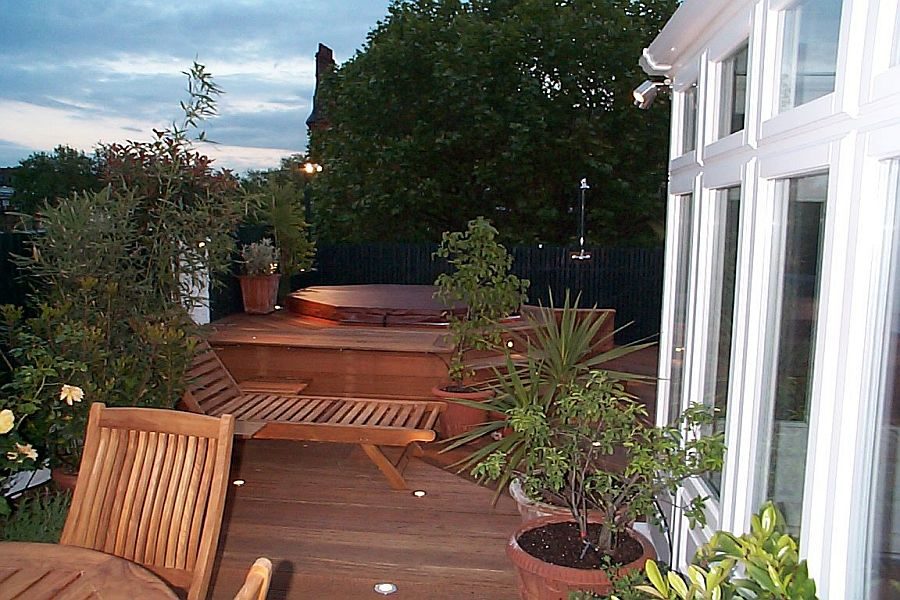Series vs Parallel Circuits
When planning your outdoor lighting, it helps to understand how series and parallel circuits work, so you can pick the setup that suits your space.
What Are They?
Series circuits connect lights one after another along a single path, meaning the same current flows through each light.

Parallel circuits connect each light directly to the power source, so each operates independently. The type of circuit you choose affects brightness, maintenance, and overall layout.

Why Choose Series?
Series circuits are straightforward to install and need less wiring, making them a practical choice for many outdoor lighting setups. They provide a uniform glow across all lights and are easy to extend along a path or around a patio. With modern outdoor lights being highly reliable, interruptions are rare, meaning series circuits can offer a simple, efficient, and visually pleasing solution for most homes.
Why Choose Parallel?
Parallel circuits allow each light to operate independently, so if one fails, the rest continue to shine. They give consistent brightness across all bulbs and are flexible if you plan to move or add lights later. However, they can be slightly more complex to install and requires more cabling (legally required to use armoured cables).
Both types of circuits have their advantages, but for a clean, efficient setup that delivers a consistent glow, most homeowners find series circuits the better option.








